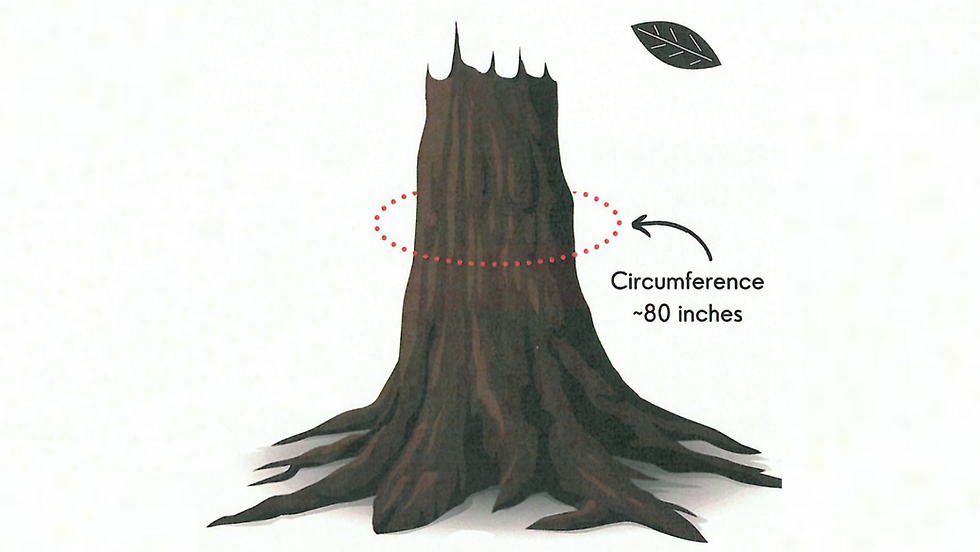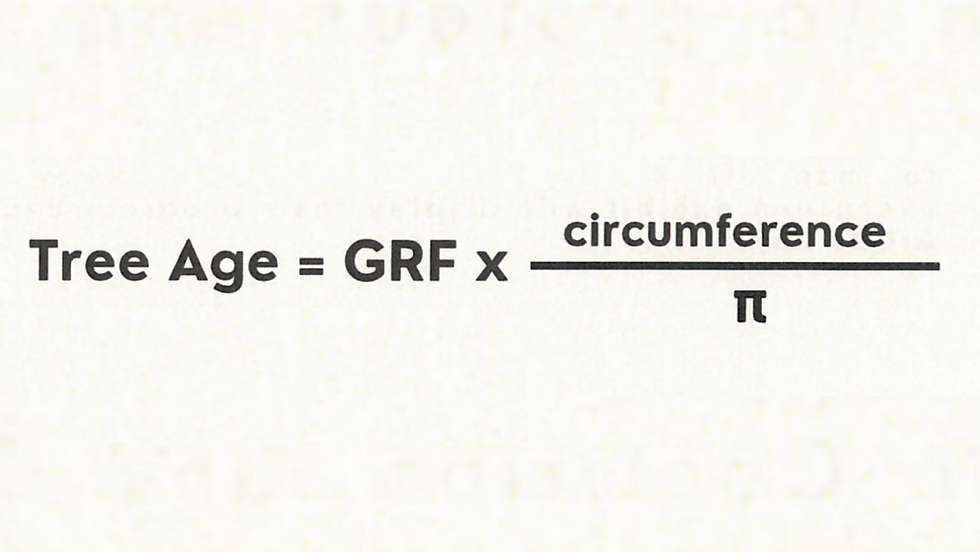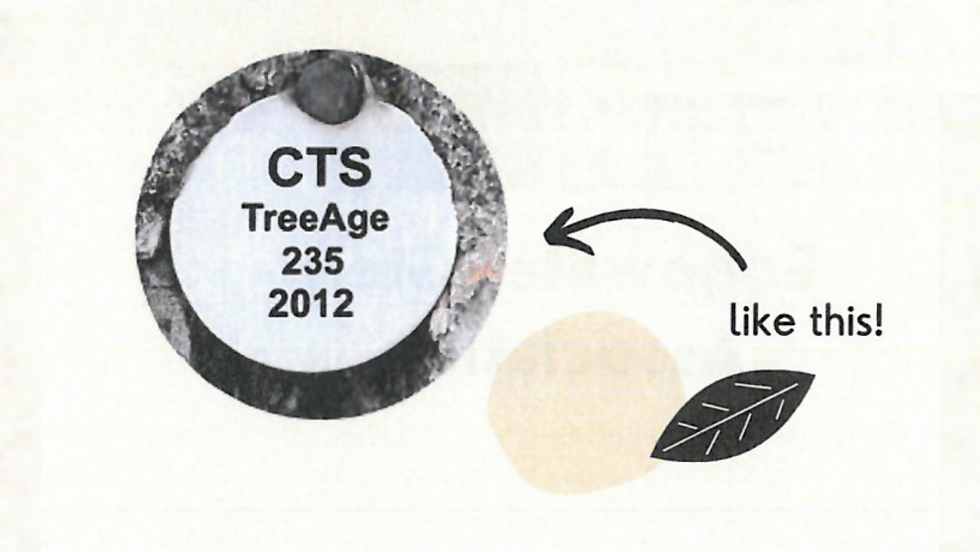How to Carry Out Your Own Heritage Tree Survey
- Edgewater Environmental Coalition
- May 17, 2023
- 2 min read
Updated: May 21, 2023
With mounting threats to Chicago's tree canopy, EHS (Edgewater Historical Society) & EGA (Edgewater Glen Association) have partnered to launch the 1st block club guided tree survey campaign to protect and celebrate our community’s vulnerable and invaluable parkway "heritage" trees!
EGA initiated a tree study with the purpose that other area block clubs will conduct their own survey and spread the word to others! EHS will support all community drives to map Edgewater's trees! To participate in the survey, follow the 8 steps below and see full guide attached below! Also you can pick up the how to manual and fill out the inside page and drop it back off at the museum! By doing this, you will be a part of helping the future of Edgewater's urban forest. Now that's barking up the right tree!
1 Assemble Your Team
At minimum you need two people to start your tree survey. You won't be able to put arms around a very mature tree. Keep in mind it might take around 90 minutes to survey one block, so plan accordingly!
2 Gather Your Supplies
A notepad, at least two flexible cloth tape measures, a phone with a plant-identifying app like PictureThis or PlanetNet, and a pen.
3 Pick Your Block
Look at a map of your block club and figure out which blocks you're going to survey. Make sure you write down which block club you're surveying!
4 Find Your Trees
Heritage tres are 50 years or older. Pick trees that have very big trunks. Hint: if you can put your arms all the way around the trunk and your hands meet, it's probably not that old.
5 Measure the Heritage Tree
Wrap your measuring tape around the trunk 3-4 feet off the ground, about chest-height to record the circumference.

6 Record Your Data
Use your phone/plant app to identify the species by taking a picture of a leaf and the bark. Make sure you write down the address/location of the tree, circumference of the trunk, and the tree species.
7 Find the Growth Rate Factor (GRF)
Use the reference chart or a trusted source like the Morton Arboretum to find the Growth Rate Factor for the species. Most GRFs use the diameter of the tree trunks, which you can get by dividing your circumference by pi (π) or 3.14.

8 Mark the Spot
Make a note on your chart or map where you foind the tree and if it's on an easement or the side of a hoe (e.g. 'SW corner of Hood + Greenview near 1300 West Hood'). Record and photograph any tags that night be on the tree.

Thank you to all who complete the survey and reach out to marjoriefritzbirch@gmail.com or killianwalsh@hotmail.com with any questions!




Comments